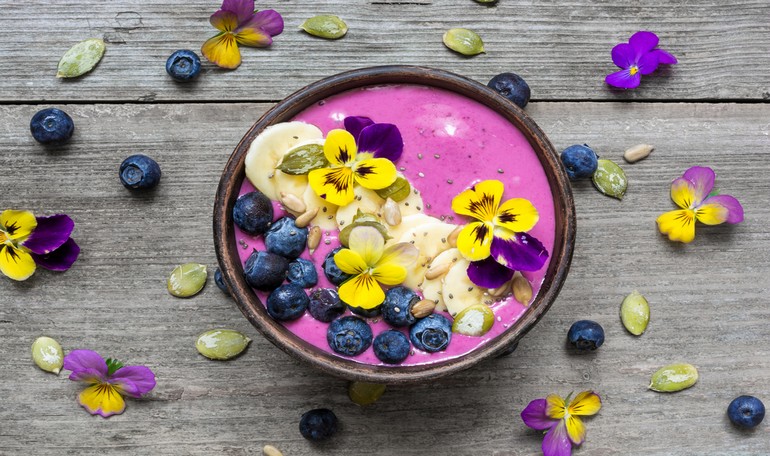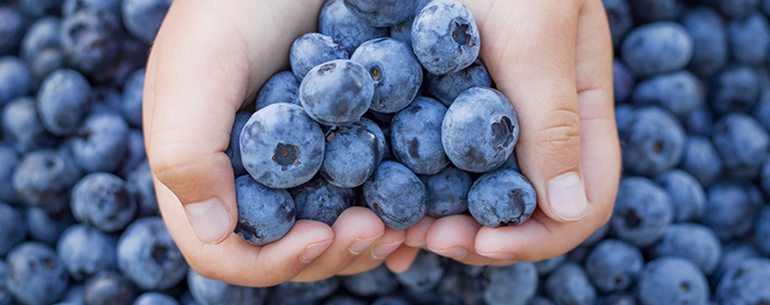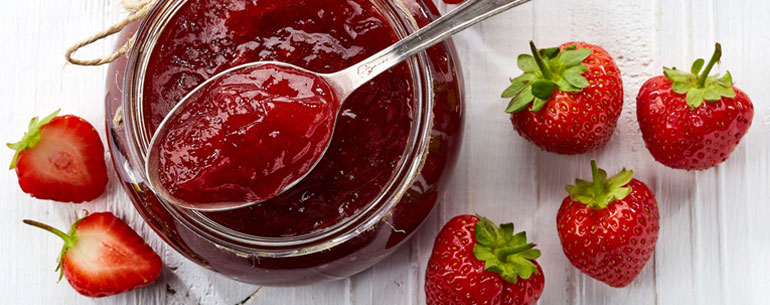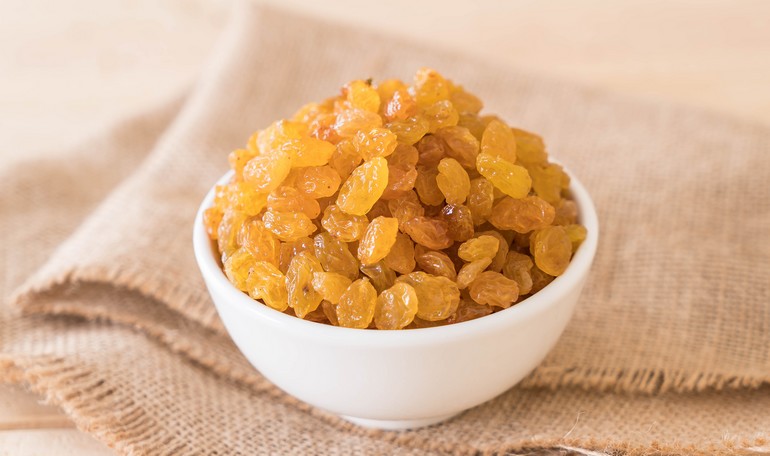The word from the nutritionist
Flowers to eat
Everyone knows that flowers are beautiful, colourful and perfumed but maybe not everyone knows that flowers can also be good to eat.

The use of flowers in the culinary art is well-known since ancient times, from the Chinese civilization to the Roman and the Greek civilization, but in modern times the edible flowers are mainly a particularity of chefs who use them to decorate, colour and flavour their dishes. Thanks to the media and the diffusion of some culinary programmes, the use of flowers in the alimentary field has recently become one of the most common gastronomic trends of the moment and it also get in the kitchens of creative housewives, who are ready to experience and surprise their guests with dishes based on edible flowers which are beautiful to look and good to eat.
Really, everyone knows some flowers that are normally consumed: broccoli, artichokes, cauliflowers but also capers, pumpkin flowers, rose or violets petals with which are prepared a lot of very perfumed gelatines, which are typical of the French tradition. It isn’t difficult to cook with comestible flowers, it’s enough a few little tricks and some useful information about how to orientating with aromas that are something unpredictable because not always a certain fragrance correspond to an analogue flavour. To know how using flowers in the kitchen, it’s before necessary to know their characteristics at the palate.
The sweet flavour flowers are indicate in the preparation of cakes, muffins, biscuits and spoon desserts. Among these types of flowers we would to remember: Chamomile, Citrus (very perfumed flowers, it’s important to not exaggerate with the quantities or otherwise they will cover all the flavours), Fennel (the yellow flowers are delicate and have a soft liquorice flavour), Jasmine, Geraniums (with the petals of the Geraniums are prepared semifreddi, sorbets, a lot of wines and liquors but they are excellent also as accompaniment to cheese for example ricotta and crescenza and also in the form of jam), Mint (perfect for semifreddi, ice-cream or sorbets and in summer for refreshing drinks), Lavender which has a sweet, spicy and perfumed flavour (in Marseille there is a typical biscuit smelling of Lavander which is called “navette”).
Flowers which have a spicy and hot flavour will give character to your dishes, adapting to salty preparations but also to sweet ones! Among these types of flowers we would to remember:
- Calendula: a intense colour which transmit elegance: let’s try it with pasta, rice, simple soups and vegetables soups.
- Chrysanthemums: their wide variety of colours and shades can create wonderful decorations.
- Nasturtiums: a flower which has brilliant colours and sweet flavours with a pinch of chilli.
- Arugula: their little flowers have a peppery flavour which is stronger than the leaves that are used in salad.
For the lovers of strong flavours, these flowers give instead a soft and bitter flavour to the preparations:
- Chicory: the bitter of the leaves is even more accented in the petals and in the blossoms which will be perfect if they are put in brine.
- Dandelion: their blossoms can be preserved in vinegar, while with the flowers it prepares an excellent sauce for pasta.
There also a lot of flowers that for their beauty are mainly indicated for the garnishes of the dishes: Fuchsia, Impatiens, Rose Mallow, Daisy, Primula, Rosemary.
However there is for every tastes, it’s enough giving free vent to the imagination, but also with some recommendations:
1) we have to use only edible flowers, in the event that we aren't sure, we have to consult a specialised book;
2) we don’t have to eat flowers which come from the florist or which are picked along the way or in public gardens because they may have been treated with substances which could be toxic for us; the ideal would be to grow them ourselves;
3) we have to eat only the petals, by removing the stamens, the pistils and the stems.
The nature offers us an estimable supermarket of colours for our kitchen: then let’s give us a triumph of colours which brings the beautiful season in our dish!
Published 13 April 2018





